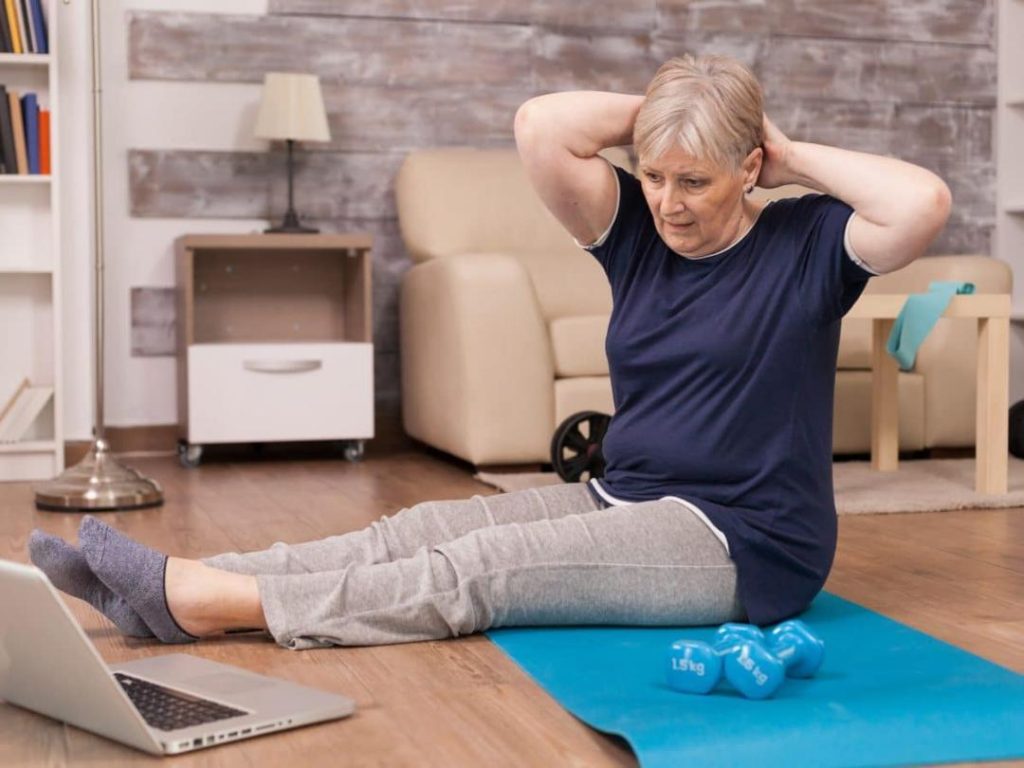
Physiotherapy: How AI & AR are making pain a thing of the past
Pain management and prevention are crucial aspects of physiotherapy, and the industry is evolving rapidly with the integration of Artificial Intelligence (AI) and Augmented Reality (AR) technologies. These innovative solutions are transforming the way physiotherapists work, enabling them to provide more effective and personalized care to patients. In this blog post, we’ll explore how AI and AR are revolutionizing physiotherapy, making pain a thing of the past, and shifting the focus from treatment to prevention.
Real-time Posture Corrections with AI-powered Wearables
One of the most significant advantages of AI in physiotherapy is the ability to track and correct posture in real-time. AI-powered wearables, such as smartwatches or fitness trackers, can monitor a person’s posture and provide instant feedback on their alignment. This technology is particularly useful for individuals who spend long hours sitting at a desk or engaging in activities that require repetitive movements, such as typing or gaming.
For instance, a study published in the Journal of Physical Therapy Science found that AI-powered posture correction technology improved shoulder alignment and reduced muscle fatigue in individuals with chronic neck pain. This technology can be especially beneficial for individuals who experience back pain, as it helps to prevent poor posture habits that can exacerbate the condition.
Personalized Exercise Plans with AR-based Fitness Coaching
Augmented Reality is another technology that is transforming the physiotherapy landscape. AR-based fitness coaching allows patients to receive personalized exercise plans and guidance in a more engaging and interactive way. With AR, physiotherapists can create customized workout plans for patients, complete with video demonstrations and real-time feedback.
For example, an AR-based fitness coaching app, like PhysioWise, provides patients with a personalized exercise plan based on their specific needs and goals. The app uses AR to guide patients through each exercise, providing real-time feedback on their form and technique. This technology is particularly useful for individuals who struggle with adherence to exercise programs or require modifications for injuries or chronic conditions.
Early Detection of Musculoskeletal Issues with AI-powered Imaging
Artificial Intelligence is also being used to analyze medical imaging data, such as X-rays and MRIs, to detect musculoskeletal issues earlier and more accurately. AI-powered imaging analysis can help physiotherapists identify potential problems before they become more severe, allowing for more effective treatment and prevention strategies.
For instance, a study published in the Journal of Orthopaedic Research found that AI-powered analysis of MRI data improved the accuracy of diagnosing knee injuries by 30%. This technology can be especially beneficial for individuals who experience chronic pain or injuries, as it allows for early detection and treatment of underlying issues.
Shifting Focus from Treatment to Prevention
The integration of AI and AR in physiotherapy is not only improving treatment outcomes but also shifting the focus from treatment to prevention. By providing real-time posture corrections, personalized exercise plans, and early detection of musculoskeletal issues, AI and AR are empowering individuals to take a more proactive approach to their health.
This shift in focus is particularly important, as the global burden of musculoskeletal disorders continues to rise. According to the World Health Organization, musculoskeletal disorders are responsible for 15% of all global disability-adjusted life years lost. By focusing on prevention and early intervention, AI and AR can help reduce the incidence of these disorders and improve overall health outcomes.
Accessible and Proactive Healthcare for All
The integration of AI and AR in physiotherapy is also making healthcare more accessible and proactive for all. These technologies can be used in a variety of settings, from hospitals and clinics to homes and communities.
For example, AI-powered wearables can be used to track posture and provide feedback to individuals in their daily lives. AR-based fitness coaching apps can be used by individuals with mobility issues or chronic conditions to receive personalized exercise plans and guidance. And AI-powered imaging analysis can be used by physiotherapists to detect and diagnose musculoskeletal issues earlier and more accurately.
Conclusion
The integration of Artificial Intelligence and Augmented Reality in physiotherapy is revolutionizing the way we approach pain management and prevention. These technologies are providing real-time posture corrections, personalized exercise plans, and early detection of musculoskeletal issues, shifting the focus from treatment to prevention. By making healthcare more accessible and proactive, AI and AR are empowering individuals to take a more proactive approach to their health, reducing the incidence of musculoskeletal disorders, and improving overall health outcomes.
Source:
https://www.healthcareradius.in/features/technology/physiotherapy-obesity-tech






